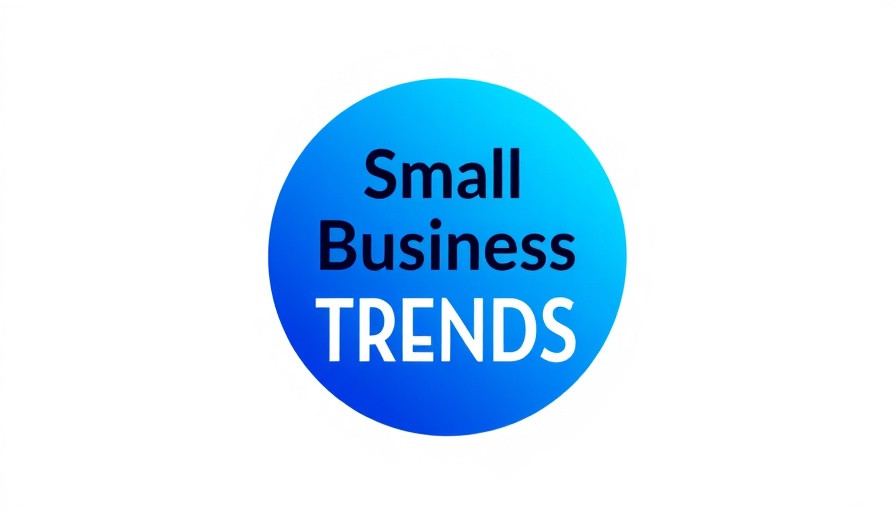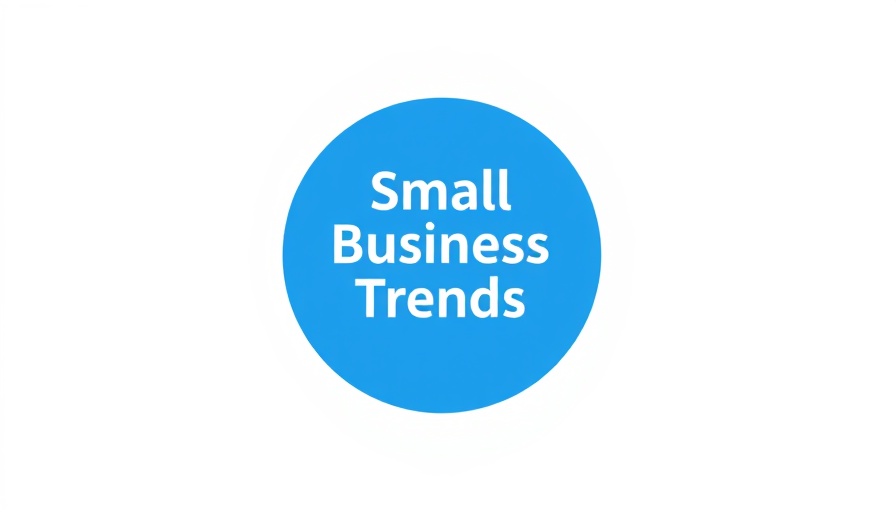
The Essential Role of Bar Snacks in Modern Drinking Culture
Step into any bar, and you're likely to be greeted by the sounds of laughter, conversations, and clinking glasses. But amidst this vibrant atmosphere, one unsung hero stands out—the humble bar snack. These delectable morsels are more than mere accompaniments to your favorite drinks; they enhance the entire drinking experience, encouraging patrons to linger and enjoy the moment.
Popular Choices that Elevate Your Experience
From crispy nachos to savory chicken wings, bar snacks come in various shapes and flavors designed to satisfy and delight. Understanding the preferences of your clientele is crucial in curating a menu that resonates with them. For instance, nachos topped with cheese, jalapeños, and robust salsas or guacamole become a crowd favorite, fostering an engaging social environment.
Similarly, chicken wings appeal to diverse tastes with an array of flavors, from spicy buffalo to sweet honey garlic. By offering different dipping sauces, bar owners can cater to various preferences, increasing satisfaction and repeat visits.
Innovative Snack Ideas to Attract Modern Patrons
With the rise of the health-conscious consumer, offering innovative options can widen your bar’s appeal. Consider adding vegetables served with hummus or flavorful mixed nuts to your snack menu. These options cater to health-oriented guests while still providing the crunch and satisfaction they seek. The savvy bar owner recognizes that a diverse menu can draw in more patrons while enhancing sales.
Presenting Bar Snacks: A Key to Success
The way snacks are presented can significantly impact their appeal. Eye-catching displays and creative serving styles can attract patrons’ attention. For example, utilizing elegant platters for sliders or vibrant bowls for nuts creates an inviting atmosphere that keeps customers returning.
Health-Conscious Options: Meeting the Market Demand
Catering to the health-oriented demographic has never been more critical. Incorporating guilt-free options, like avocado toast bites or quinoa salads, can lure in those who want to indulge without compromising their healthy lifestyle. The key is balance—offering indulgent treats alongside nutritious choices ensures there’s truly something for everyone.
A Pairing for Every Palate
One of the most enjoyable aspects of bar snacks is how well they pair with drinks. The right snack can enhance the flavor profile of a chosen beverage, whether it’s a craft beer or an artisanal cocktail. For optimal pairing, consider recommending snacks alongside drinks on your menu. For instance, spicy wings are a perfect match for hoppy IPAs, which can complement each other beautifully.
Common Misconceptions Around Bar Snacks
There are often misconceptions regarding the costs associated with serving high-quality bar snacks. While some may believe that only expensive ingredients will suffice, this is far from the truth. Many popular and beloved snacks can be created with relatively low-cost ingredients. Understanding how to craft appealing offerings without breaking the bank can substantially benefit margins.
The Future of Bar Snacks: Trends to Watch
As tastes evolve, so too should bar menus. The use of AI in marketing is also influencing food trends, allowing bar owners to tailor offerings based on real-time customer data and preferences. This technological integration helps businesses stay ahead of the curve, capitalizing on trending snacks and flavors that resonate with modern consumers.
Conclusion: Inspire and Innovate
Bar snacks are no longer just afterthoughts but essential components of the drinking experience. Understanding their role in enhancing customer enjoyment, promoting sales, and creating an inviting atmosphere is crucial for bar owners. Embracing innovation and health-conscious offerings while presenting them attractively can make a significant difference in attracting and retaining patrons. Don't overlook the potential of your snack menu—enhance your offerings, and watch your establishment thrive in 2025 and beyond!



Write A Comment